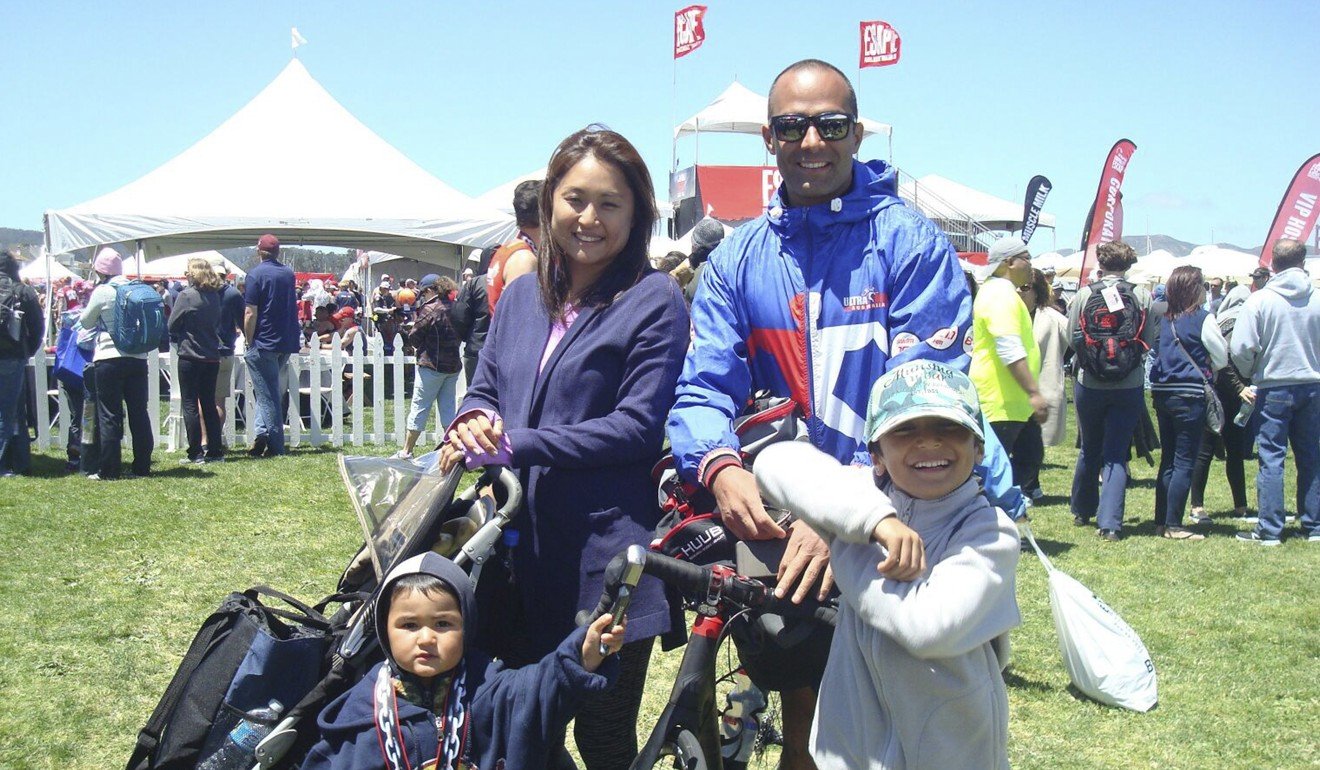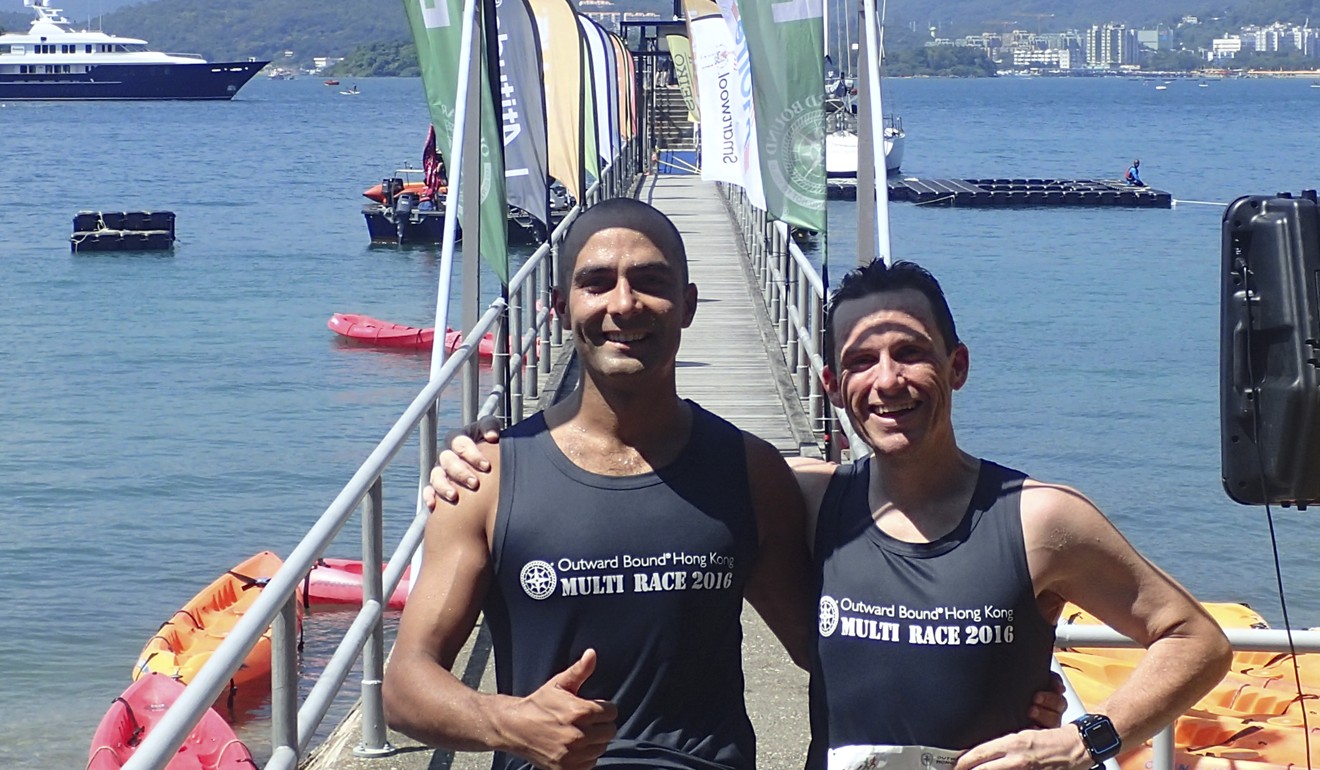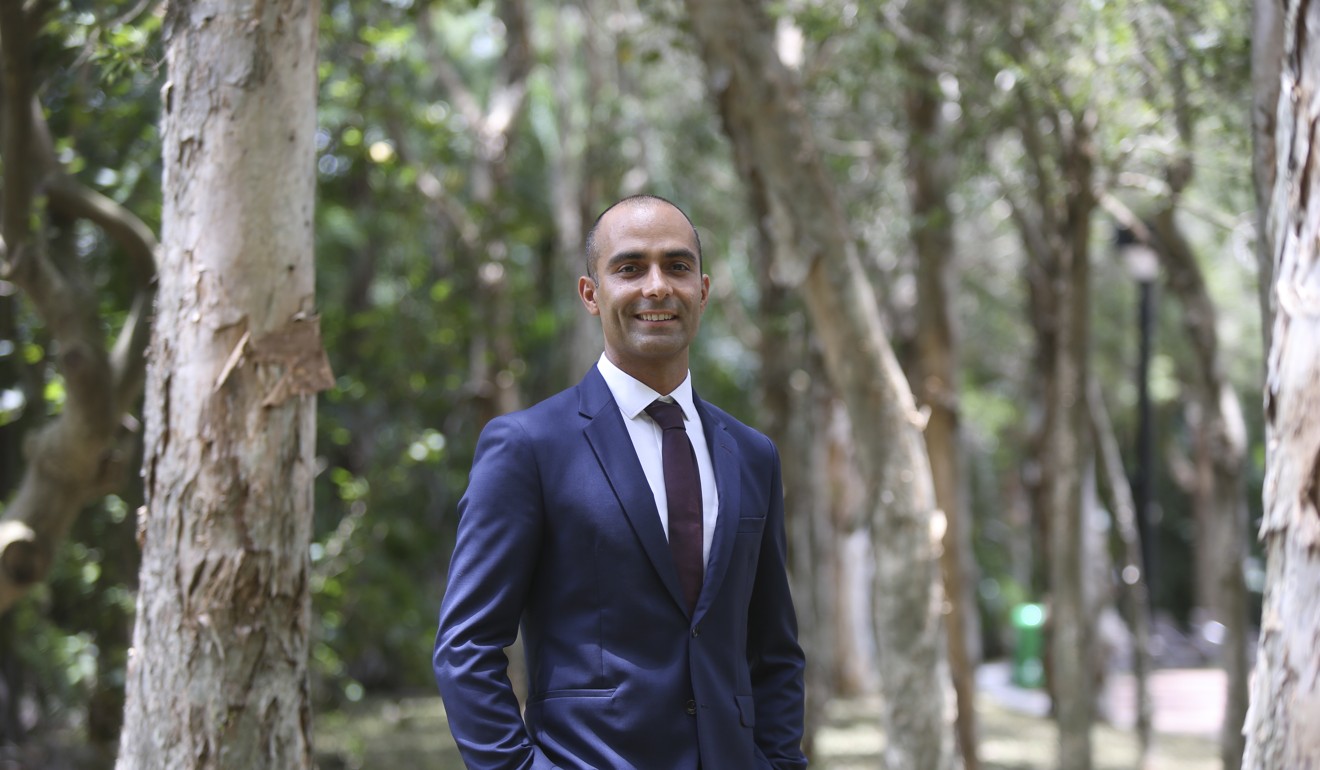
World’s fastest Indian: how Hong Kong’s Mayank Vaid took to extreme triathlons
Wanting to get in shape, the patent lawyer trained with his neighbour, world champion David Gething. He progressed to racing in Ironman, then Ultraman. His next challenge is the gruelling Enduroman
Mayank Vaid would likely still be carrying a few extra kilos from fine wining and dining in his role as intellectual property director for Louis Vuitton Pacific – had it not been for an offhand invite from triathlete David Gething to join him in a race in North Korea. Vaid now holds claim to the world’s fastest Indian Ultraman title.

“It’s been quite a journey, but a fulfilling one,” says Vaid, describing how his improbable transformation from a casual runner and tennis player to one of the fittest people on the planet began when he bumped into his neighbour Gething and congratulated him. Newspaper headlines had lauded him as a local hero after he ran seven marathons on seven continents in seven days to win the World Marathon Challenge in January 2015.
New world champion: Hong Kong runner conquers seven marathons on seven continents in seven days
When Vaid mentioned his own desire to get in shape, Gething said he was going to run a marathon in Pyongyang and asked if Vaid want to join him. He did. In April 2015, the champion ran the marathon while the neophyte did the half. Impressed with Vaid’s running ability, Gething inspired him to push harder and add cycling and swimming to the mix.

Still, neither Gething, nor the online Canadian coach they share, Nigel Gray, thought Vaid was ready when his application for Ultraman was accepted – less than 18 months after he had started training as a triathlete.

Five tips for how to keep running past 40 in Hong Kong, from athletes who are doing just that
Vaid set aside their concerns. “I saw it as an opportunity. They had accepted me. Nothing could go wrong. It was perfect, a great story, because I had no background in long distance triathlons. I didn’t have enough time to train. I’m Indian – triathlon is not a normal sport. And if I really screwed up, it would be my fault,” he says.
News that his application had succeeded came on his wife Theresa’s birthday, January 15 – hours after he had been hit by a car during his morning training and had called her, saying: “Honey, I’m sorry, happy birthday – but can you please come over? I’ve had a crash and my bike’s totally written off.” He was in hospital when the email message arrived inviting him to join Ultraman. “She said, ‘You’re crazy. You just had a crash today. I don’t think you’re fit to ride.’ Before nightfall, I convinced her that I would make it happen.” She eventually became one of his three-person crew, providing support during the event.
Making it happen meant training seven days a week for the next four months, constantly providing data to his coach in Canada to help tweak his workouts and his meals. Gething and other triathletes joined Vaid from time to time for part of his outings.
“He was unstoppable, somehow managing to juggle a demanding professional career, being a father and training. There was more than one occasion when I’d meet Mayank at 5am for a run, only to have him tell me he’d just come in from a two-hour bike ride. I don’t know how he did it, and I don’t think many out there could have, but he found a way and taught us a thing or two,” says Gething.
While he was training, and taking part in the gruelling event, Vaid was keenly aware that many people were giving their all to get him across the finish line. “I had this constant reminder that people are now in it with me, and we all want me to get there,” he says.
How Hong Kong harbour swim racer beat his fear of drowning to be a triathlete
In the lead-up to Australia Ultraman, Vaid and his wife sacrificed their social life. On weekends, he says, “I had to be at home, lights out by 7pm, because I had to get up again at 2am and drive to the airport, ride for four hours, run for two hours, and swim in the afternoon. If I wasn’t doing my sessions, I wasn’t doing enough to get there, and I was also potentially putting myself at risk of DNF [did not finish] or DNS [did not start].
By the time he reached the starting line, he had put in 4,100km of riding, 800km of running and about 125km of swimming.

The result: he shed 13kg – dropping from 87kg to 74kg, with a body mass index of 22.8 down from 26.
His family in India were not convinced leaner was healthier, though. “India’s a great country. But, to some extent what is happening in China – the obesity issue – it’s happening in India. Very unhealthy lifestyles. People are not exercising. My aunts questioned my wife, saying, ‘You are not giving enough food to Mayank. What happened to him? He looks so weak. He looks so famished.’”

Six training and racing tips from a seasoned Hong Kong distance runner
What was playing through his mind when he finally crossed the Ultraman finish line? “I thought of my kids, Bono and Dino, and my wife, and thanked them for all the sacrifices they made to let me race. I thanked my father [who died last year] for blessing me with patience and persistence. I felt his presence throughout the run. He was himself a long-distance runner and did a lot of running in the Indian military. I remembered my coach, Nigel, and buddy David. As a team we had achieved another milestone. Then it sank in that the race was over and I was saddened that such a beautiful journey had ended.”
Gething, the man responsible for Vaid’s new-found triathlon passion, considers Vaid’s achievement “nothing short of remarkable ... he gives far too little credit to his own determination, work ethic and self-belief.”
He adds: “I shouldn’t be at all complimentary, because that crazy fool took away my title as Hong Kong’s only Ultraman – there are now two of us.”
Next up, Vaid will run the Ironman Xiamen 70.3 in November, the Run the Rann 161km desert run in Gujarat, India, in February and then the Enduroman from London to Paris, with his mentor.
Says Gething: “I have no doubt that we’ll finish. Given the distances involved it is little disconcerting – the world’s longest point-to-point triathlon. But he’s as crazy as I am. And neither of us ever gives up.”

